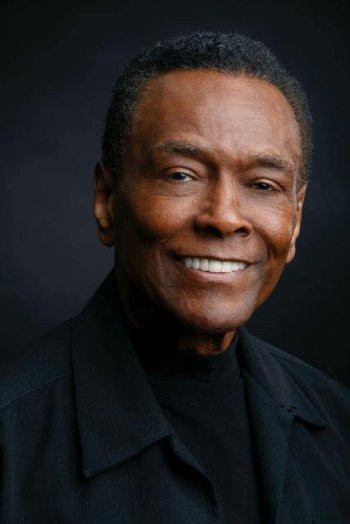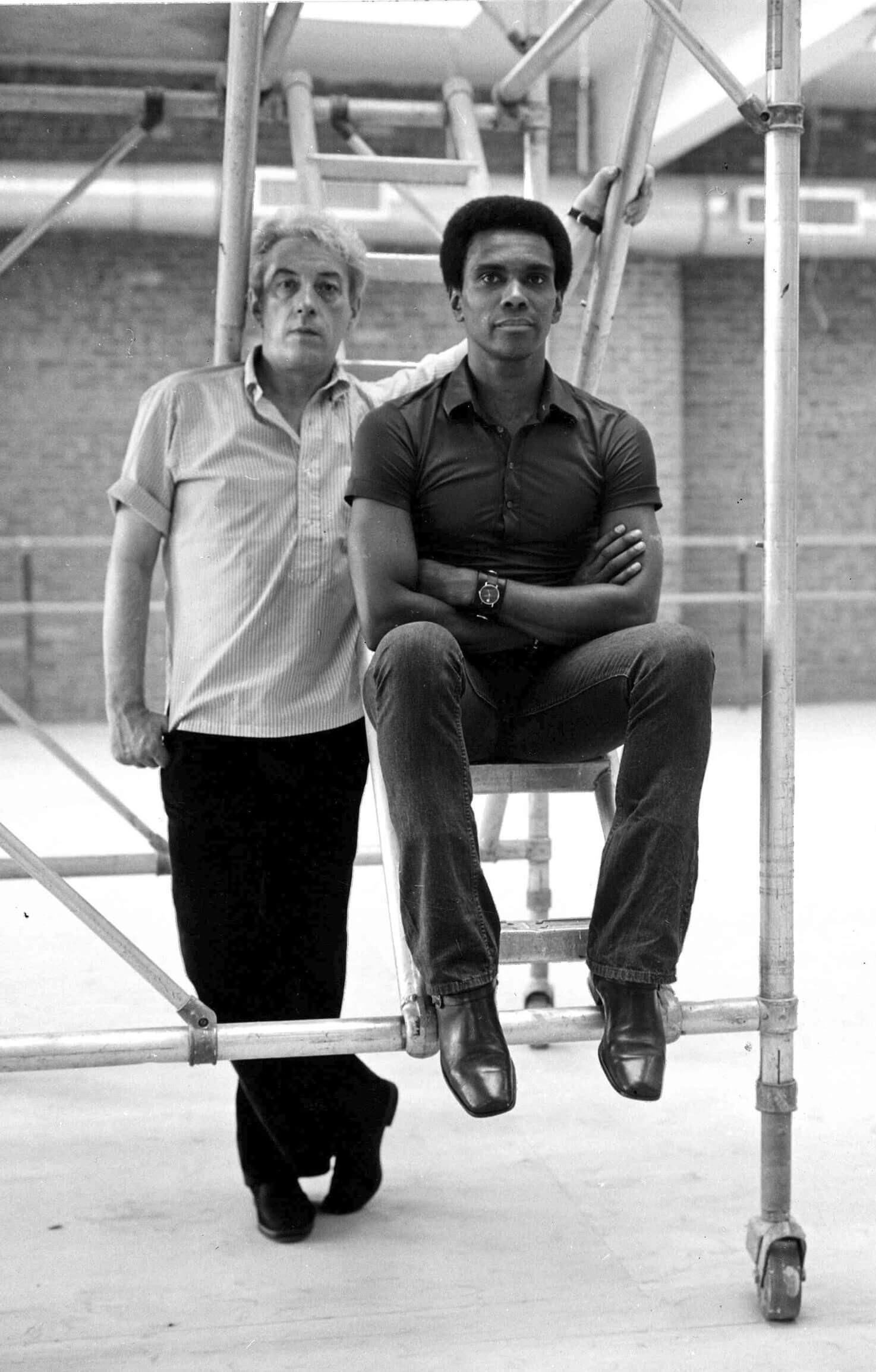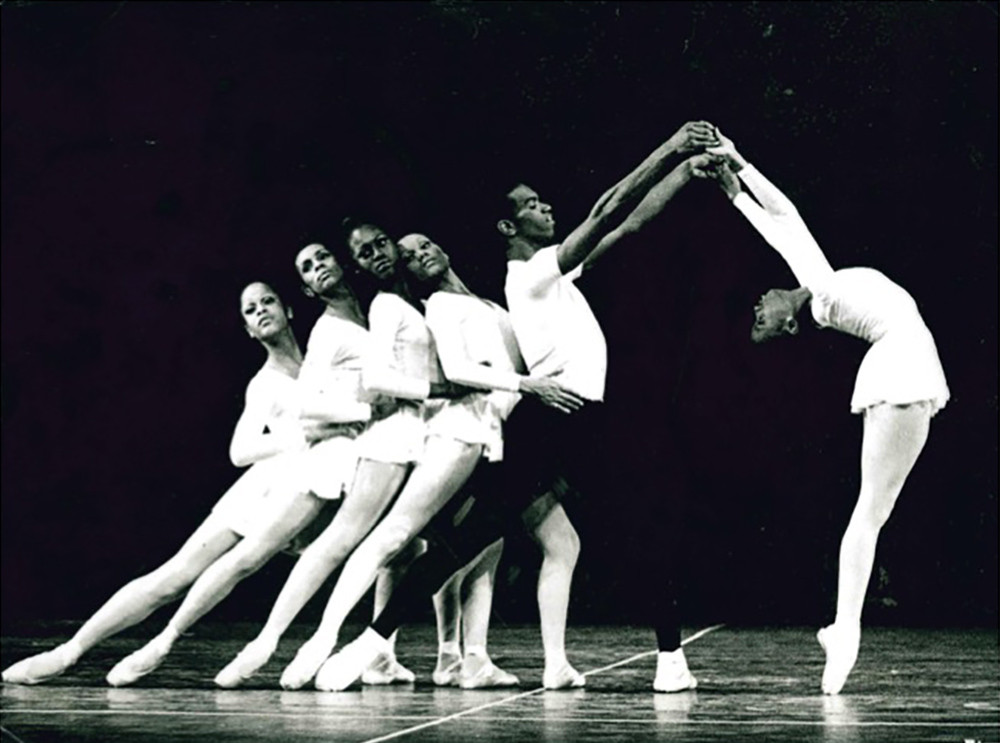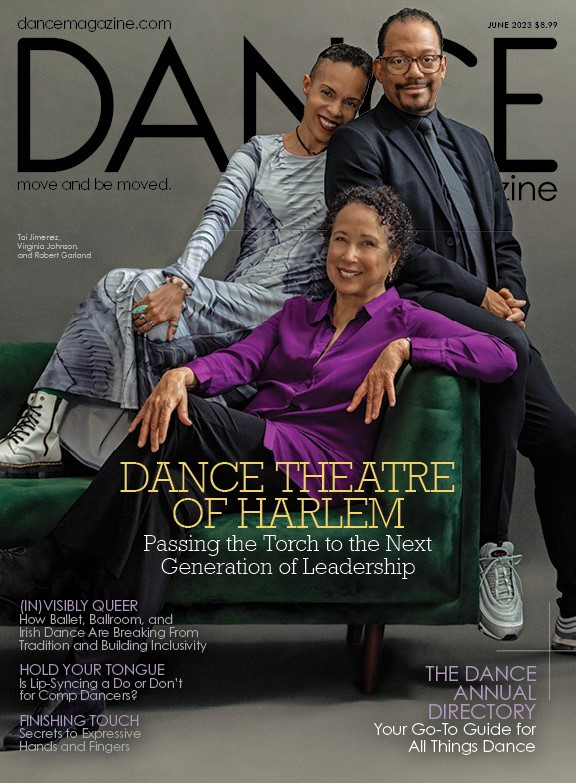In the realm of dance, certain figures transcend technical brilliance to become cultural icons, their legacies woven into the very fabric of the art form. Arthur Mitchell stands as one such luminary. More than just a ballet dancer, he was a pioneer who shattered racial barriers, redefined the landscape of American ballet, and established the Dance Theatre of Harlem (DTH), a beacon of diversity and excellence. His journey from Harlem to the world stage is a testament to his extraordinary talent, unwavering vision, and profound belief in the power of art to transform lives.
Born in 1934 in New York City, Arthur Mitchell’s path to ballet was serendipitous. His initial foray into dance began with tap classes at the Police Athletic League, a seemingly conventional start for a young boy in Harlem. However, a perceptive guidance counselor recognized his innate talent and encouraged him to audition for the prestigious High School of Performing Arts. It was here that Mitchell was introduced to the world of ballet, a discipline that would soon ignite his passion and become his life’s calling. He excelled rapidly, securing a scholarship to the esteemed School of American Ballet, the official school of the New York City Ballet (NYCB). This marked the beginning of his formal training and his introduction to George Balanchine, a pivotal figure who would shape his career and the future of American ballet.

Arthur Mitchell, photographed by Joan Marcus, showcasing the poise and artistry that made him a leading ballet dancer.
Balanchine, a Russian émigré and co-founder of the School of American Ballet and NYCB, was known for his innovative and neoclassical approach to ballet. He recognized Mitchell’s exceptional talent and potential, becoming not just his teacher but also a mentor. Mitchell’s dedication and artistry soon propelled him through the ranks. In 1955, he achieved a historic milestone, becoming the first African American principal dancer in a major international ballet company, the New York City Ballet. This was a monumental achievement in a field where racial barriers were deeply entrenched, making Mitchell a symbol of progress and inspiration for aspiring dancers of color.
Mitchell’s ascent to principal dancer at NYCB coincided with the burgeoning Civil Rights Movement in America. His presence on stage was inherently political, challenging the prevailing racial homogeneity of the ballet world. While Balanchine had previously included dancers of color as guest artists and expressed a desire for a more diverse company as early as the 1930s, administrative resistance had consistently thwarted these efforts. Mitchell’s permanent position as a principal dancer was a significant breakthrough, paving the way for greater inclusivity, albeit slowly.
Balanchine was deeply inspired by Mitchell’s unique artistry and perspective. He created roles specifically for him, most notably the groundbreaking pas de deux in Agon (1957) and the role of Puck in A Midsummer Night’s Dream. Agon, in particular, with its abstract and modern choreography, showcased Mitchell’s versatility and challenged traditional balletic norms. The pas de deux, originally danced with white ballerina Diana Adams, was a powerful statement in itself, subtly subverting racial expectations on stage. Balanchine understood that Mitchell brought more than just technical skill; he brought a rich personal history and cultural understanding that enriched the art form.

A historical photo of George Balanchine and Arthur Mitchell, highlighting their collaborative relationship and Mitchell’s influence on Balanchine’s choreography.
Despite his success at NYCB, Mitchell felt a growing desire to create opportunities for other black dancers and to bring ballet to communities that had been historically excluded from the art form. The assassination of Martin Luther King Jr. in 1968 served as a catalyst for this vision. While working in Brazil on a project to establish the National Ballet of Brazil, Mitchell was deeply moved by King’s death and felt compelled to return to his roots in Harlem to make a difference.
In 1969, Arthur Mitchell, along with his former ballet master Karel Shook, founded the Dance Theatre of Harlem. Their mission was boldly democratic: to provide high-quality ballet training and performance opportunities to anyone, regardless of race, background, or socioeconomic status. Starting in a converted garage with open doors to the Harlem streets, Mitchell’s approach was immediately inclusive and welcoming. He relaxed dress codes and fostered an environment where young people who might not have otherwise considered ballet could explore their potential.

Co-founders of Dance Theatre of Harlem, Karel Shook and Arthur Mitchell, pictured in 1971. Their partnership was essential to the early success of DTH.
The early days of DTH were marked by humble beginnings but fueled by immense passion and community support. Mitchell’s former colleague from the School of American Ballet, Karel Shook, joined him to co-direct the school and company. Their combined expertise and dedication were instrumental in DTH’s rapid growth and artistic development. Virginia Johnson, a student at NYU School of the Arts, became one of the founding members and later the artistic director of DTH, further solidifying the company’s legacy.
Dance Theatre of Harlem quickly gained recognition for its exceptional dancers and its commitment to both classical ballet and contemporary works. The company’s repertoire included masterpieces by Balanchine, who generously granted Mitchell the rights to stage several of his ballets, as well as original works that reflected the diverse cultural influences of its dancers. DTH’s debut at the Guggenheim Museum in 1971 was a resounding success, officially launching the company onto the national and international stage.

Dance Theatre of Harlem performing Concerto Barocco, a Balanchine piece, demonstrating their mastery of neoclassical ballet.
DTH’s impact extended far beyond the stage. It became a symbol of artistic excellence and social change. During the Black Power movement, DTH offered a powerful counter-narrative to racial stereotypes, demonstrating that ballet was not an exclusive art form reserved for a select few. The company embarked on extensive outreach programs, bringing dance education to communities both domestically and internationally. Notably, DTH was the first American ballet company to perform in the Soviet Union after the fall of the Berlin Wall and made a historic tour to South Africa during the waning years of apartheid, using dance to bridge cultural divides and promote understanding.
Virginia Johnson, who succeeded Mitchell as Artistic Director in 2013, emphasized the enduring relevance of DTH’s mission. She highlighted the importance of continuing to inspire future generations of dancers, especially after a period of hiatus due to financial challenges. Johnson’s leadership ensured that DTH remained a vital force in the dance world, honoring Mitchell’s legacy while adapting to contemporary challenges. In 2023, Robert Garland, a longtime choreographer and educator with DTH, took over as Artistic Director, with Tai Jimenez, a former DTH principal dancer, becoming the Director of the Dance Theatre of Harlem School, ensuring the continuation of Mitchell’s vision for future generations.

Virginia Johnson in Glen Tetley’s Greening, showcasing her dynamic career as a dancer and her later role as Artistic Director of Dance Theatre of Harlem.
Arthur Mitchell’s contributions to ballet are immeasurable. He not only achieved personal success as a principal dancer but, more importantly, he opened doors for countless others. Dance Theatre of Harlem stands as his most enduring legacy, a testament to his belief in inclusivity, artistic excellence, and the transformative power of dance. His life and work continue to inspire dancers, artists, and communities around the world, proving that talent knows no boundaries and that art can be a powerful force for social change. Arthur Mitchell’s name will forever be synonymous with groundbreaking artistry, unwavering determination, and a profound commitment to making ballet accessible to all.

Dance Magazine cover featuring Dance Theatre of Harlem, celebrating the company’s enduring impact and legacy in the world of ballet.
Support Dance Theatre of Harlem and help continue Arthur Mitchell’s vision by visiting their donation page. Stay connected with DTH’s upcoming performances and events by joining their mailing list.

